Discover how to insulate a crawl space – and why this problem area makes your home feel cold
Experts reveal how and why you need to insulate a crawl space and the benefits it will bring to your home
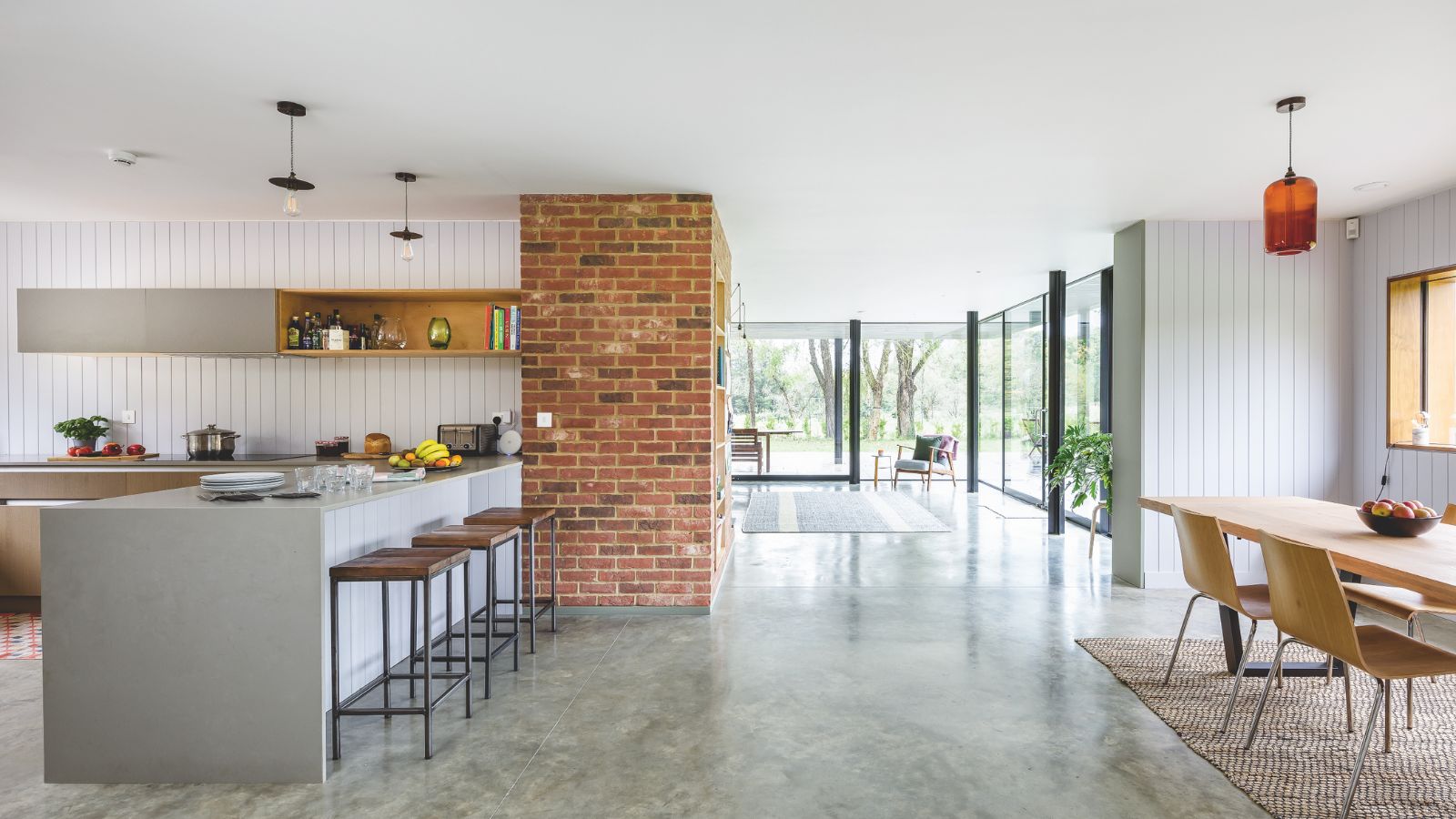

Have you got a crawl space? If you have, is it insulated? A crawl space with no insulation is going to cause issues in your home, but they can go away with the right insulation installed.
Without proper insulation, condensation will form under your home which will eventually lead to dampness and mold taking hold, as well as structural problems and higher heating bills. Adding insulation will go a long way to reducing condensation, saving you from expensive repairs, and making your home more energy efficient, again cutting energy bills.
Here, two experts reveal why you need to insulate a crawl space, what materials you’ll need, and how to do it.
Why is it important to insulate a crawl space?
'Insulating a crawl space is a critical aspect of maintaining a healthy, energy-efficient home,' declares John Parks, the COO at Advanced Insulation System whose company provides state-of-the-art insulation solutions.
But why? A crawl space is the space under the first floor of your home. The floor is typically one to three feet above the ground which is often a simple dirt floor or covered in gravel with uninsulated walls. This can lead to issues twelve months of the year if not dealt with properly.
During the warmer months, warm air will get into a cold crawl space causing condensation and during the colder months, cold air will fill the crawl space leading to a colder less energy-efficient home and higher heating bills. So adding insulation is one step on how to keep a home warm.
But the lack of insulation is often found in older homes as Jamin Katzer, Senior Construction Manager at Earth Saving Solutions explains: 'Code enforcement now requires any concrete or exterior wall to be insulated. If for any reason the house was built before this code requirement, one way to know if the crawl space needs to be insulated would be to check if there is any insulation present.'
Installing the right insulation will reduce the risk of problems occurring and causing long-term issues in your home, but Katzer warns, 'It is always best to consult with a local contractor, as regions of the US have different requirements and conditions that will need to be met for insulation and moisture barrier applications.'
How can you tell if your crawl space requires insulation?
Your crawl space may not have any insulation, or old insulation that isn’t working as effectively as it should and needs replacing. Parks reveals the signs indicating a crawl space needs insulation.
Dampness or Moisture
If you notice water pooling or consistent dampness, it’s a sign that your crawl space is exposed to external moisture, which insulation can help mitigate.
Mold or Mildew Growth
The presence of mold or mildew indicates excess moisture and inadequate insulation. Proper insulation and vapor barriers can significantly reduce this risk.
Cold Floors Above the Crawl Space
If the floors above feel unusually cold, especially in winter, it's likely due to insufficient insulation in the crawl space below.
Increased Heating and Cooling Bills
Unexplained spikes in your energy bills can often be traced back to inadequate insulation, allowing heat to escape in the winter and enter in the summer.
What are the best materials/types of insulation for a crawl space?
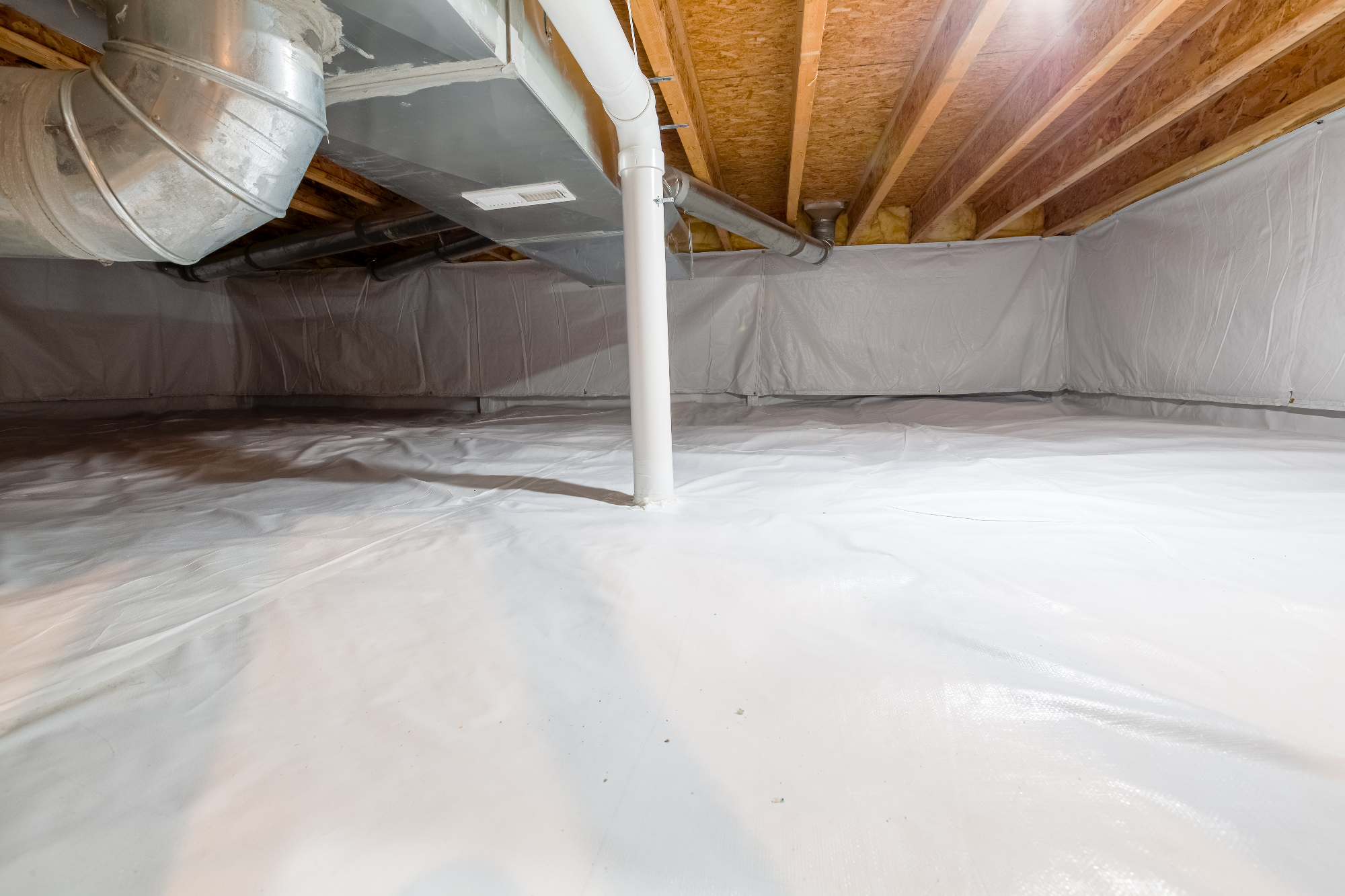
There are options when it comes to insulating a crawl space, each with its own pros and cons. Choosing the right insulation for your crawl space is pivotal to its effectiveness. John Parks recommends the following materials:
Closed-Cell Spray Foam Insulation
This type of insulation offers excellent moisture resistance and a high R-value per inch, making it ideal for crawl spaces that require a vapor barrier and insulation in one.
Rigid Foam Board
Provides a moisture-resistant solution that can be cut to fit snugly against foundation walls. It's effective for insulating both the walls and floor of a crawl space.
Fiberglass Batts
While not always the first choice due to moisture concerns, fiberglass insulation can be suitable in crawl spaces with proper vapor barriers and, when installed correctly, avoid sagging and moisture accumulation.
Mineral Wool (Rockwool)
Known for its fire resistance and moisture repellency, mineral wool is another excellent option for crawl space insulation, providing both thermal and acoustic benefits.
What are insulation R-values?
When installing insulation R values are an indicator of how good the insulation is, the higher the R value the better. But it can differ in different states as Jamin Katzer explains:
'In Colorado (where Earth Saving Solutions are based) we are required to use R-11 or more for walls and R-13 for ceilings.' He suggests contacting a local general contractor for help if unsure.
'Adding a rolled R-11 Owens Corning insulation on the walls of a basement is recommended,' Katzer continues. 'This is the easiest to attach and it keeps continuous protection. This needs to be 4" above the floor if it is dirt, to prevent deterioration.”
For ceilings, he suggests, 'Adding batt R-13 Owens Corning to the ceiling with added straps to prevent it from falling out will help keep the floor in your home at a more consistent temperature. And it will also help with some sound dampening.'
Adding a moisture barrier on the floor is also recommended.
3 tips for insulating a crawl space
'Insulating a crawl space can be challenging since there is not a simple way to attach to concrete walls and/or keep them in the ceiling bays,' explains Katzer. But with the right tools and some pro-know-how, it's not as hard as you might think:
1. Use a ram-set gun to install insulation on concrete walls, keeping the insulation 4" above the grade or dirt is ideal.
2. For ceilings, add a twine or strap every 12" that goes the opposite direction of your joists will help hold the insulation into the ceiling bays.
3. Adding a moisture barrier may be an option, but can be hard with plumbing, electrical, and venting being in the way.
How much does it typically cost to insulate a crawl space?
There are a few factors at play when it comes to insulating a crawl space, which will see costs fluctuate, but as a general guideline expect to pay around $3500 for a contractor to do the job on a 1000 sq ft crawl space. The size of your crawl space will obviously make a difference. A larger/smaller space means more/less materials and time to fit.
Materials also play a big part in the overall cost with rigid foam board and batt and roll fiberglass being the low-cost options. Again prices vary depending on brand, but if you’re good at DIY you can install yourself to save a few dollars.
Spray foam is typically the most expensive and you will need to get a contractor to install it. Check with a few local contractors to see what you can expect to pay in your area.
Adding insulation to any part of your home helps make it a more comfortable place to live. Check out our guides on How to insulate pipes and How much does it cost to insulate an attic to make your home more energy efficient.
Sign up to the Homes & Gardens newsletter
Design expertise in your inbox – from inspiring decorating ideas and beautiful celebrity homes to practical gardening advice and shopping round-ups.

Steve has been a homes writer and editor for two decades, regularly contributing to brands like Homebuilding & Renovating Magazine. He is an avid DIYer with over 20 years of experience transforming and renovating homes. He specializes in painting and decorating but has strong all-around building skills, having worked in the industry for ten years.
-
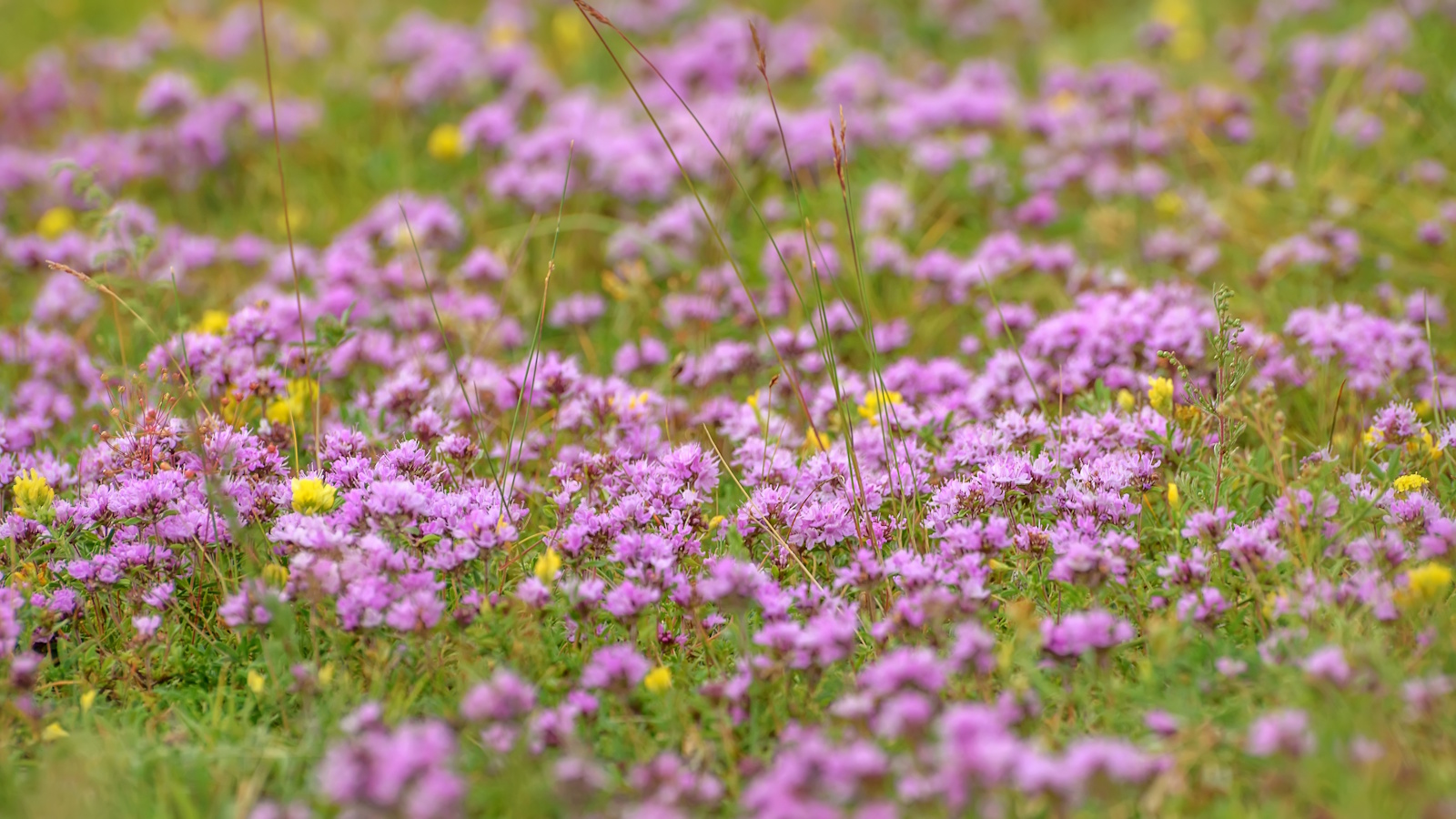 5 fast-growing tiny flowers – expert recommendations to fill your pots and borders with color in record time
5 fast-growing tiny flowers – expert recommendations to fill your pots and borders with color in record timeThese fast-growing tiny flowers prove that miniature can also be marvelous
By Thomas Rutter
-
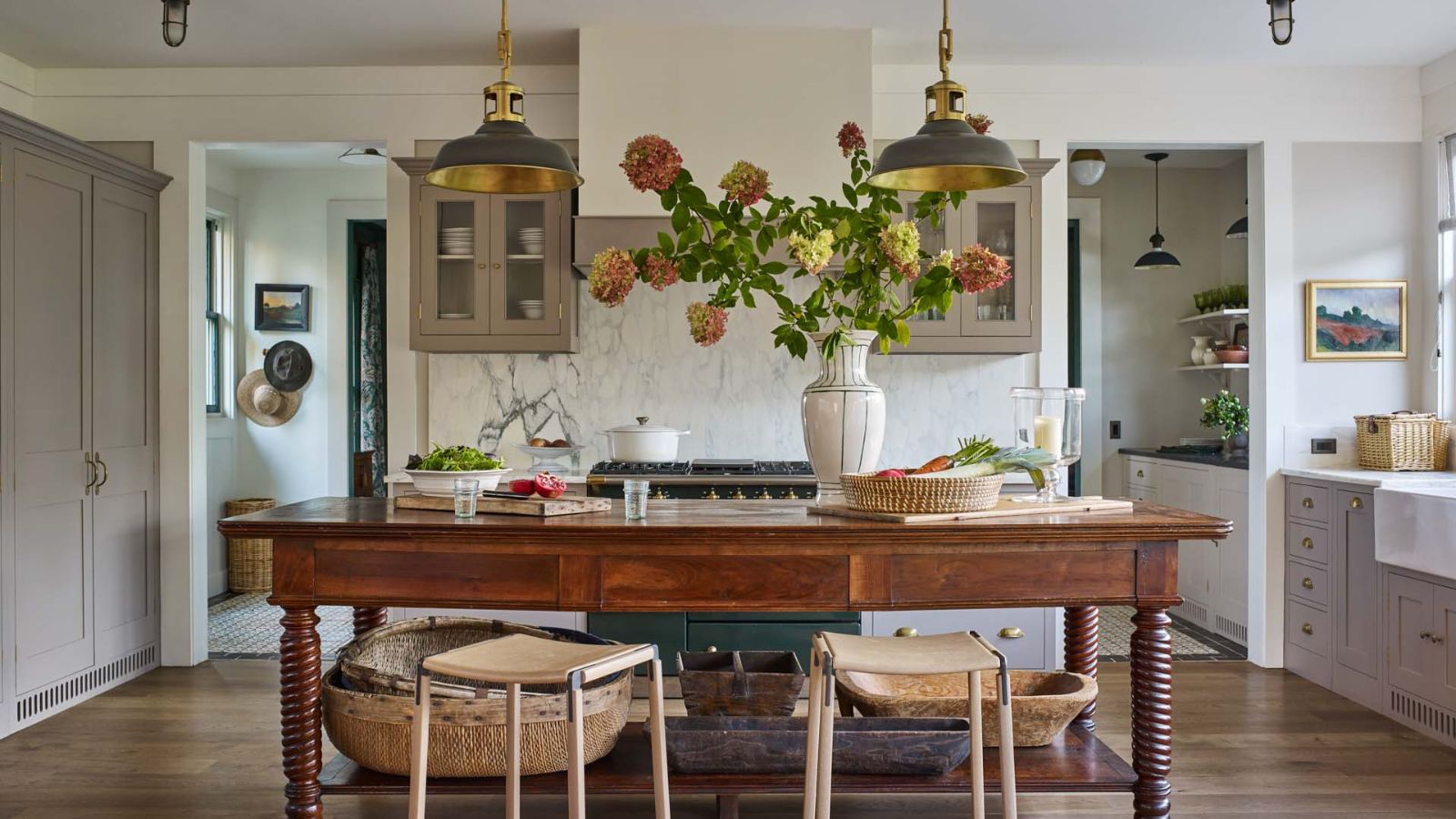 Midimalist kitchens are the trending way to create a characterful yet clutter-free space – and these 8 spaces prove how chic this best of both worlds style can be
Midimalist kitchens are the trending way to create a characterful yet clutter-free space – and these 8 spaces prove how chic this best of both worlds style can beIt's the go-to kitchen style for a balance of busy and simplistic design
By Molly Malsom
-
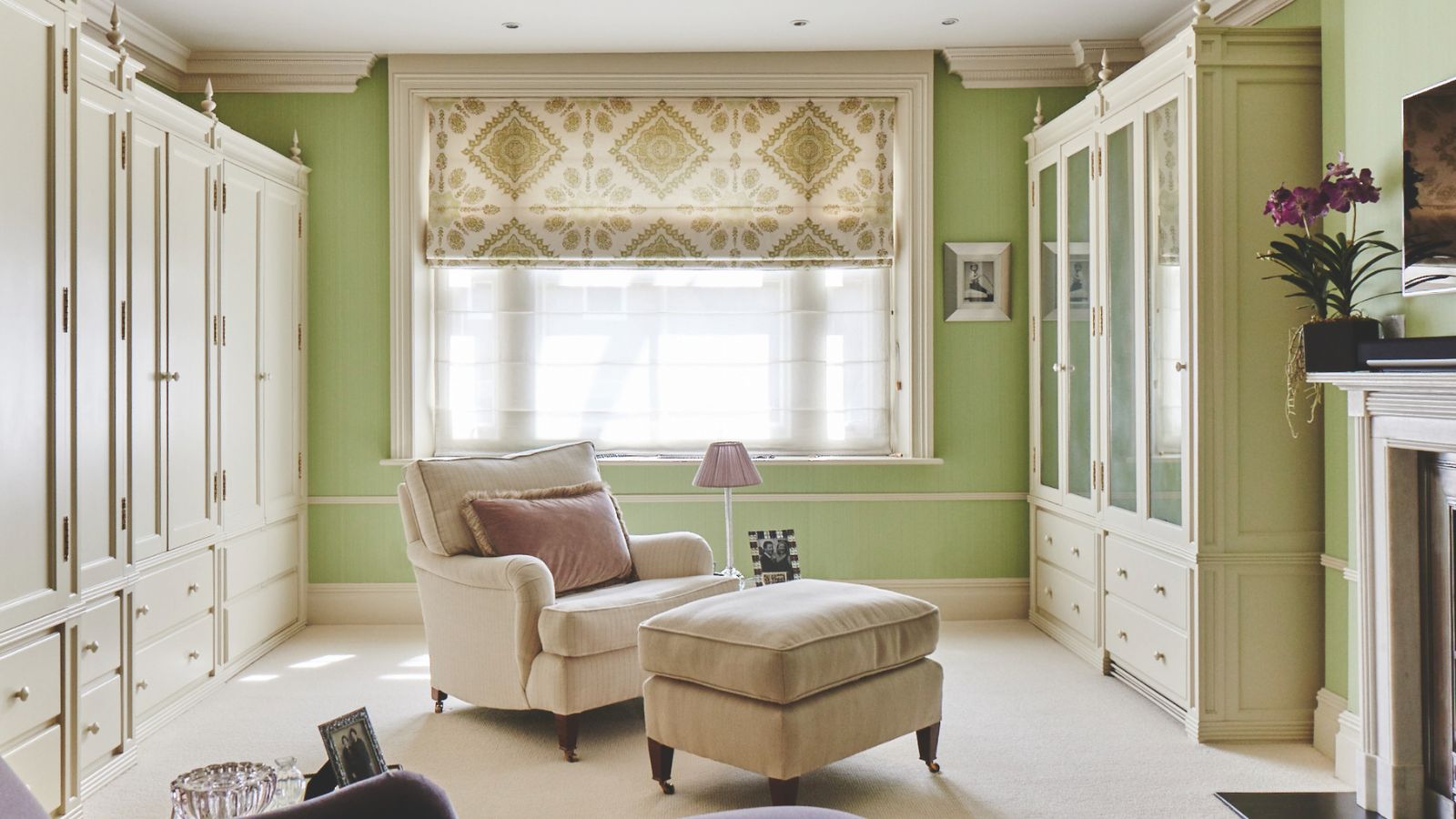 7 expert-approved painting hacks to minimize clean up – to make an already exhausting task easier
7 expert-approved painting hacks to minimize clean up – to make an already exhausting task easierAvoid a backbreaking clean-up after your next painting project with advice from the professionals
By Chiana Dickson
-
 5 beautiful and impactful home improvement projects you can DIY this weekend for under $200 – you don't have to spend big to make a statement
5 beautiful and impactful home improvement projects you can DIY this weekend for under $200 – you don't have to spend big to make a statementFrom painting your fireplace to redecorating your door, little changes can transform and refresh your space
By Ottilie Blackhall
-
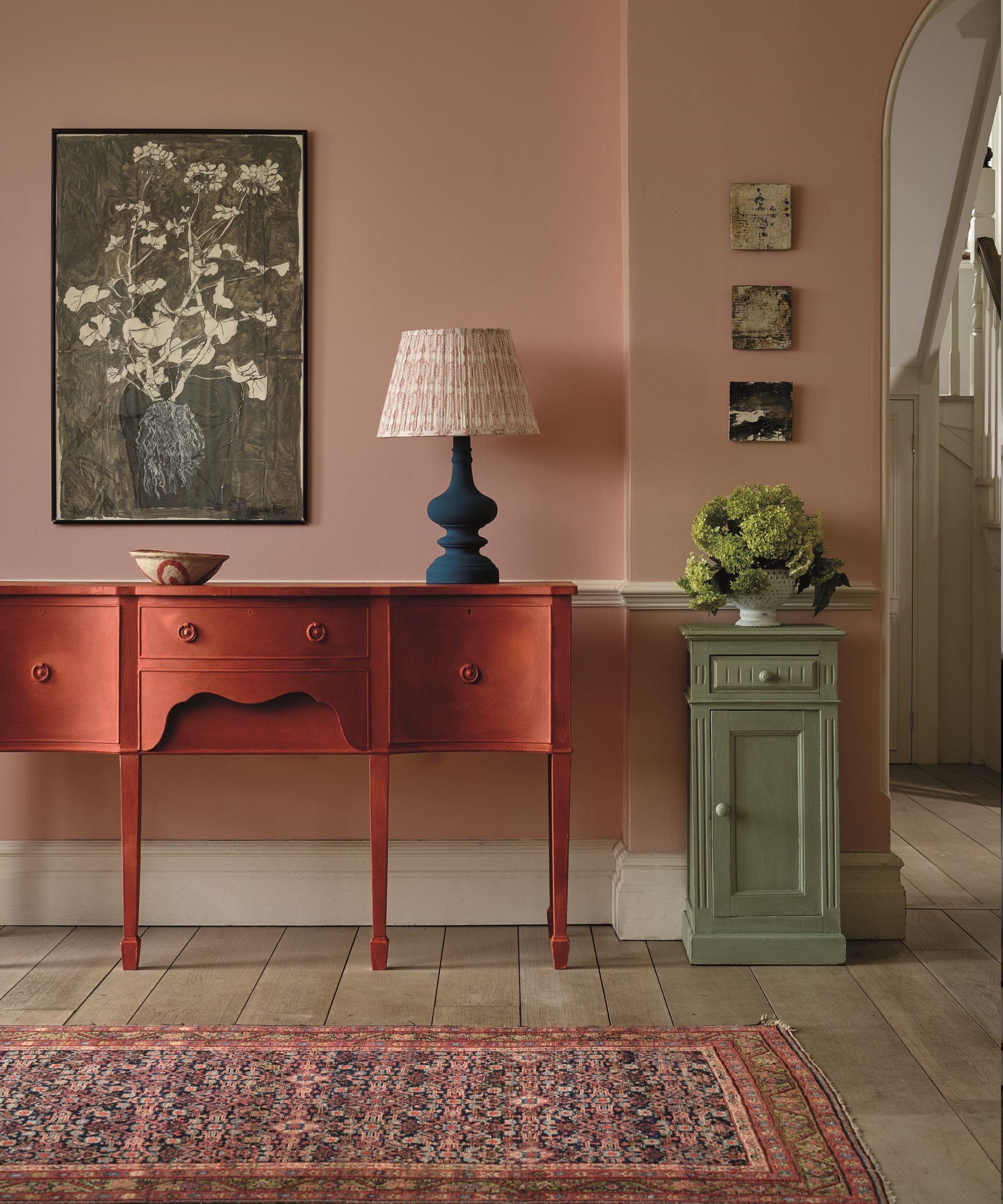 How to paint over stained wood – 6 simple steps expert painters swear by for even, lasting finishes
How to paint over stained wood – 6 simple steps expert painters swear by for even, lasting finishesSkipping even one step will result in chipping paint, experts warn
By Natasha Brinsmead
-
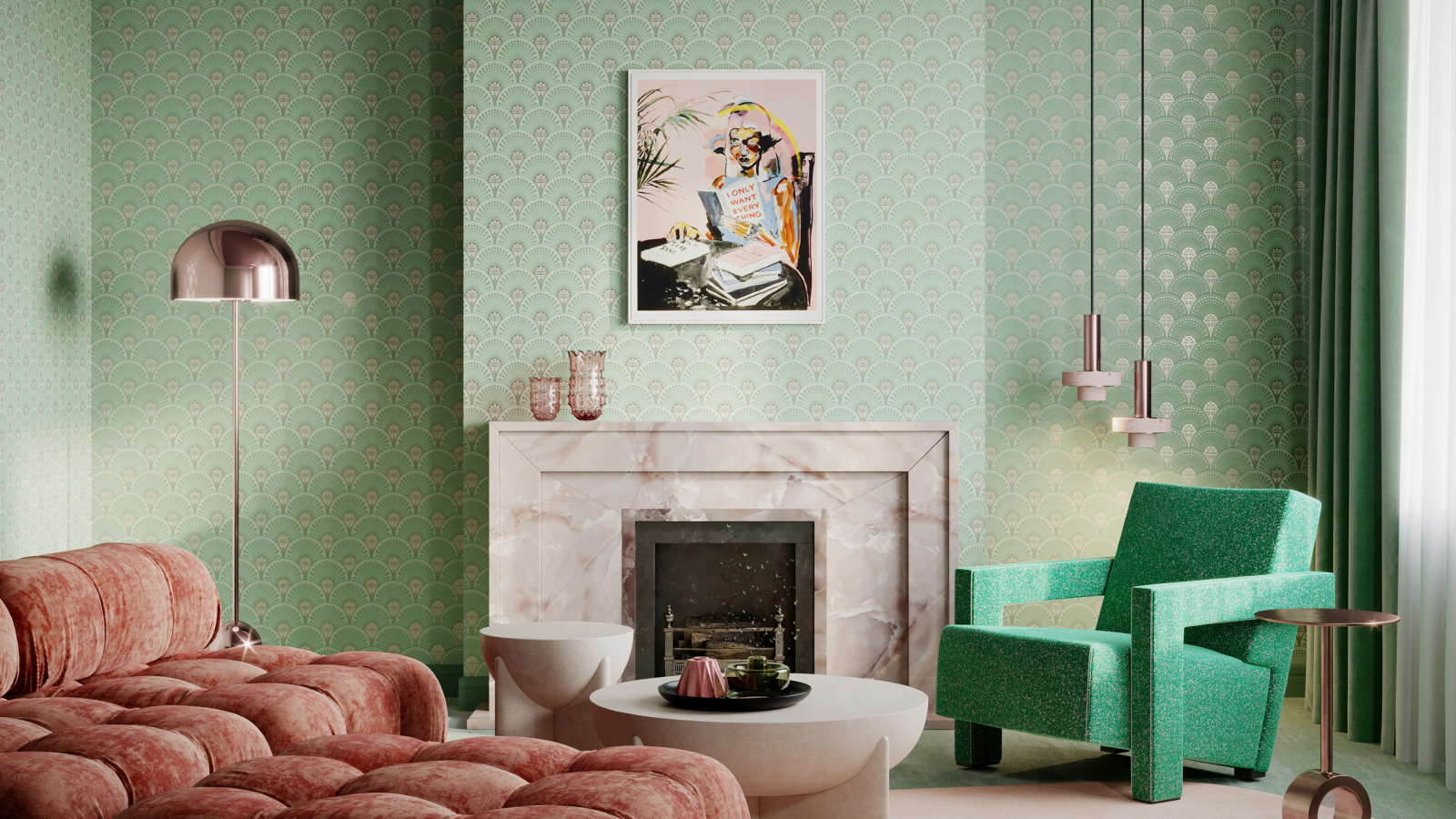 Can you put wallpaper on textured walls? Experts reveal it is indeed possible with this vital step
Can you put wallpaper on textured walls? Experts reveal it is indeed possible with this vital stepPrep, prep and prep some more for wallpapering success
By Sophie Warren-Smith
-
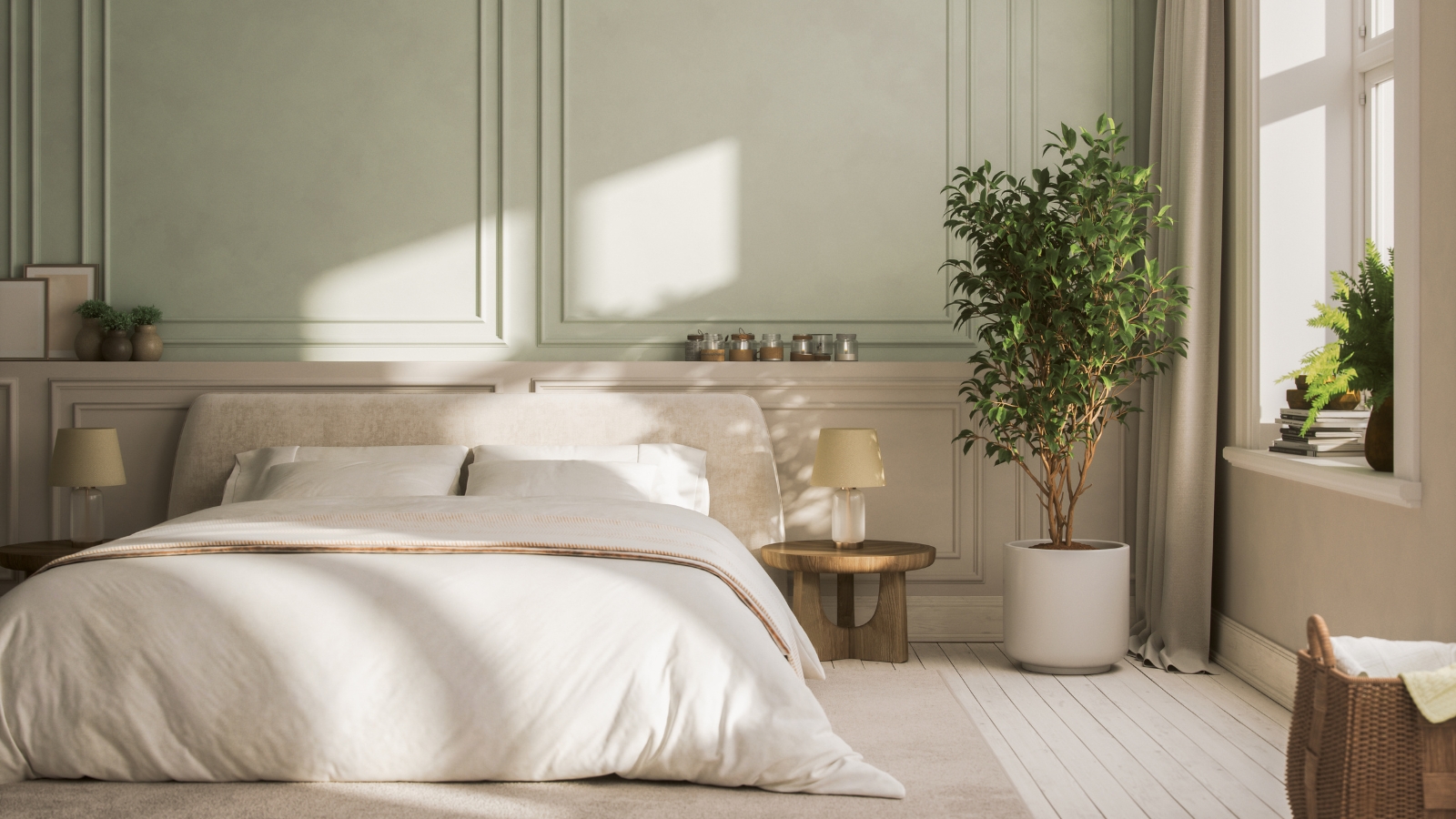 8 helpful ways to re-purpose old pillows – from making handy garden kneelers and draft excluders, to cozy pet beds
8 helpful ways to re-purpose old pillows – from making handy garden kneelers and draft excluders, to cozy pet bedsSustainability experts say these bulky items don't have to go to waste
By Sophie Warren-Smith
-
 7 practical things you can do with leftover paint around your home including protecting outdoor furniture, tinting cement and creating touch-up kits
7 practical things you can do with leftover paint around your home including protecting outdoor furniture, tinting cement and creating touch-up kitsPro tips to make the most of those extra supplies
By Andy van Terheyden
-
 Construction pros reveal the 6 mistakes to avoid when hanging drywall for perfect walls and ceilings
Construction pros reveal the 6 mistakes to avoid when hanging drywall for perfect walls and ceilingsThey see these all the time
By Natasha Brinsmead
-
 Why is my wall paint bubbling? Decorators reveal why it happens and how you can fix it
Why is my wall paint bubbling? Decorators reveal why it happens and how you can fix itBubbles look unsightly and might indicate a more serious problem
By Ottilie Blackhall